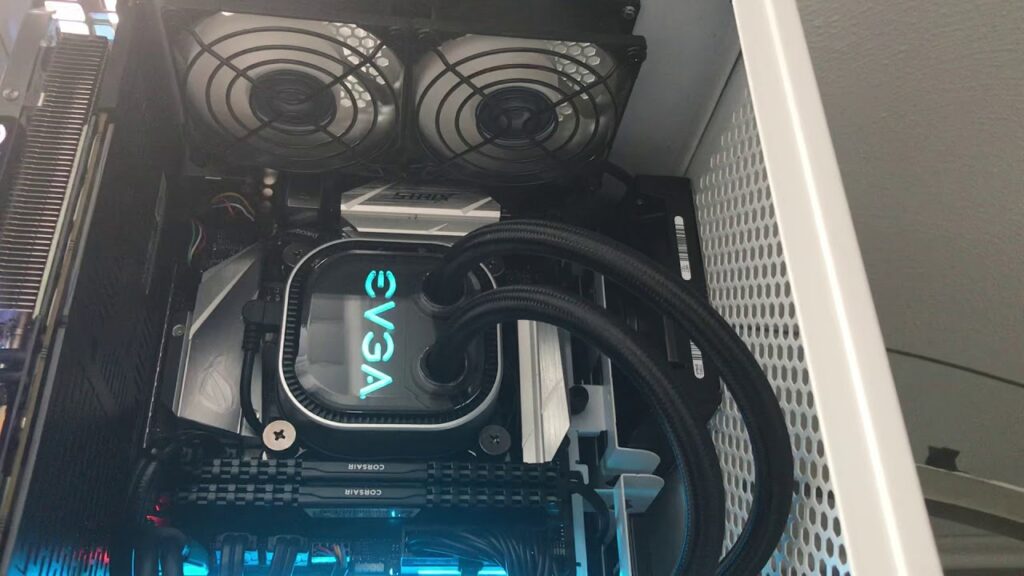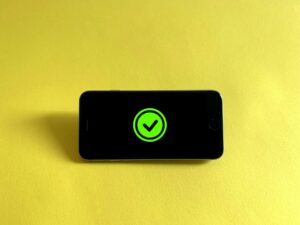How to Install a PC Case Speaker: A Comprehensive Guide

Installing a PC case speaker, also known as a motherboard speaker or beep code speaker, is an important step for monitoring your computer’s POST (Power-On Self-Test) status. These small speakers provide beep codes that help diagnose hardware issues during startup. This comprehensive guide will walk you through the entire process of installing a PC case speaker, from understanding its purpose to troubleshooting common issues.
Table of Contents
- Understanding the PC Case Speaker
- What is a PC Case Speaker?
- Importance of a PC Case Speaker
- Types of PC Case Speakers
- Pre-Installation Preparation
- Tools and Materials Needed
- Ensuring Compatibility
- Safety Precautions
- Accessing the Interior of the PC Case
- Powering Down and Unplugging
- Removing the Side Panels
- Locating the Speaker Header on the Motherboard
- Understanding the Motherboard Layout
- Identifying the Speaker Header
- Installing the PC Case Speaker
- Positioning the Speaker
- Connecting the Speaker to the Header
- Post-Installation Steps
- Verifying Installation
- Powering On and Testing
- Understanding Beep Codes
- Common Beep Codes and Their Meanings
- Manufacturer-Specific Beep Codes
- Troubleshooting Common Issues
- No Beep Codes
- Continuous Beeping
- Incorrect Beep Codes
- Best Practices for Using a PC Case Speaker
- Regular Monitoring
- Interpreting Beep Codes Accurately
- Maintaining Proper Connections
- Conclusion
1. Understanding the PC Case Speaker
What is a PC Case Speaker?
A PC case speaker is a small device that connects to the motherboard and provides audible signals, known as beep codes, during the POST process. These beep codes indicate the status of hardware components and can help diagnose issues during startup. The speaker is usually a simple piezoelectric device or a small dynamic speaker housed in a plastic casing.
Importance of a PC Case Speaker
The PC case speaker plays a crucial role in system diagnostics for several reasons:
- Initial Diagnostics: Provides immediate feedback on the system’s POST status, allowing for quick identification of hardware issues.
- No Display Needed: Beep codes can be heard without the need for a monitor, useful for troubleshooting display-related problems.
- Historical Relevance: Has been a standard diagnostic tool in PCs for decades, making it widely understood and documented.
Types of PC Case Speakers
- Built-In Speakers: Some motherboards come with built-in speakers, eliminating the need for a separate installation.
- Standalone Speakers: These are small, external speakers that plug into the motherboard’s speaker header.
- Case-Integrated Speakers: Certain PC cases include integrated speakers that connect to the motherboard.
2. Pre-Installation Preparation
Tools and Materials Needed
- PC case speaker
- Phillips-head screwdriver (for opening the case)
- Flashlight (for better visibility inside the case)
- Anti-static wrist strap (optional but recommended)
Ensuring Compatibility
- Check Motherboard Manual: Verify that your motherboard has a speaker header. This information is usually available in the motherboard manual.
- Consult Case Documentation: If your case has an integrated speaker, refer to the case documentation for installation instructions.
Safety Precautions
- Power Off and Unplug: Ensure your PC is powered off and unplugged from the power source.
- Discharge Static Electricity: Use an anti-static wrist strap or touch a grounded metal object to prevent static discharge.
- Organize Your Workspace: Work in a clean, well-lit area to avoid losing small screws and components.
3. Accessing the Interior of the PC Case
Powering Down and Unplugging
- Shut Down Your PC: Ensure the system is completely powered down.
- Unplug the Power Cable: Disconnect the power cable from the back of the PC.
- Discharge Residual Power: Press the power button for a few seconds to discharge any residual power.
Removing the Side Panels
- Locate the Side Panel Screws: Most PC cases have screws at the back that secure the side panels.
- Remove the Screws: Use a Phillips-head screwdriver to remove the screws.
- Slide Off the Side Panels: Carefully slide off the side panels to expose the interior of the case.
4. Locating the Speaker Header on the Motherboard
Understanding the Motherboard Layout
- Refer to the Manual: Consult the motherboard manual to understand the layout and locate the speaker header.
- Identify Key Areas: Note the positions of the CPU, RAM slots, PCIe slots, and other components.
Identifying the Speaker Header
- Look for Labels: The speaker header is usually labeled “SPEAKER,” “SPK,” or something similar.
- Check the Pin Configuration: The speaker header typically consists of four pins, although some may have only two pins.
5. Installing the PC Case Speaker
Positioning the Speaker
- Locate a Suitable Position: Find a spot within the case where the speaker can be placed without obstructing other components.
- Use Case Features: Some cases have designated spots or clips for attaching the speaker.
Connecting the Speaker to the Header
- Align the Pins: Align the speaker connector with the pins on the motherboard header.
- Gently Press Down: Carefully press down on the connector until it is firmly seated on the pins.
6. Post-Installation Steps
Verifying Installation
- Check Connections: Ensure the speaker is properly connected to the header and not loose.
- Secure Any Loose Cables: Use cable ties or clips to manage any loose cables inside the case.
Powering On and Testing
- Reconnect the Power Cable: Plug the power cable back into the PC.
- Power On the System: Turn on the computer and listen for beep codes during the POST process.
7. Understanding Beep Codes
Common Beep Codes and Their Meanings
- Single Short Beep: POST completed successfully; system is booting normally.
- Continuous Short Beeps: Power issue or loose connection.
- Long Beeps in an Infinite Loop: Memory issue; check RAM installation.
- One Long Beep, Two Short Beeps: Graphics card issue; check GPU installation.
Manufacturer-Specific Beep Codes
- AMI BIOS Beep Codes: Typically one to three short beeps for various errors.
- Award BIOS Beep Codes: Long beeps followed by short beeps to indicate specific issues.
- Phoenix BIOS Beep Codes: Series of short beeps in a pattern to indicate errors.
Refer to your motherboard manual for the exact meaning of beep codes, as they can vary by manufacturer.
8. Troubleshooting Common Issues
No Beep Codes
- Check Speaker Connection: Ensure the speaker is properly connected to the header.
- Verify Power Supply: Ensure the power supply is functioning correctly.
- Inspect Components: Check for loose or improperly installed components.
Continuous Beeping
- Power Issue: Verify the power connections to the motherboard and components.
- Loose Connections: Check for any loose cables or connections.
Incorrect Beep Codes
- Refer to Manual: Consult the motherboard manual to interpret the beep codes correctly.
- Check Component Installation: Ensure all components are properly installed and seated.
9. Best Practices for Using a PC Case Speaker
Regular Monitoring
- Listen for Beep Codes: Pay attention to beep codes during startup to catch any issues early.
- Perform Regular Checks: Periodically check the speaker connection and ensure it remains secure.
Interpreting Beep Codes Accurately
- Consult Documentation: Always refer to the motherboard manual for accurate interpretation of beep codes.
- Stay Updated: Keep your motherboard’s BIOS updated to ensure accurate beep codes.
Maintaining Proper Connections
- Secure Connections: Regularly check and secure all connections within the case.
- Avoid Obstructions: Ensure the speaker and other components are not obstructed by cables or other parts.
10. Conclusion
Installing a PC case speaker is a straightforward yet crucial step in setting up your computer for effective hardware monitoring and diagnostics. By following this comprehensive guide, you can ensure a successful installation and make the most of the diagnostic capabilities provided by beep codes. Regular monitoring and maintenance of the speaker and other components will help you maintain a stable and well-functioning system. Take your time to follow each step carefully, and refer to your motherboard manual for specific details related to your hardware. With a properly installed PC case speaker, you can diagnose and address hardware issues promptly, ensuring a smooth and reliable computing experience.




